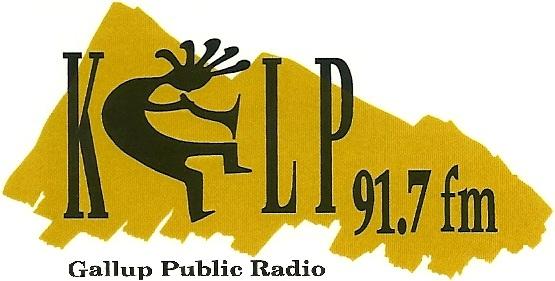Episodes

3 days ago
3 days ago
KGLP Station Manager Rachel Kaub speaks with Anna Redsand, Author of Crevice. In Anna's words:
Crevice is a memoir in thirteen related, stand-alone essays, seven of which have been previously published. The stories and reflections tell about the life of a White girl, and later an adult, living within the fissure that lies between Diné (Navajo) and Bilagáana (White) cultures. In that place, I belonged and didn’t belong; it was Home Not Home. The stories are about what I saw from within the cleft that existed between the two worlds, which was often different from what either Diné or Bilagáanas saw from either side of that space. It is about what that was like in the fifties and sixties when I was a child and life was simply that—life. My life. It is about what I am left with now in the twenty-first century—both richness and poverty. It is about grappling with my settler heritage, the riches I was given in my time in Dinétah, and about the obligations that perhaps come with those experiences. It is about what I have created and hope still to create from both of my inheritances. Each essay reflects in some way on the identity that evolves when someone spends a lifetime between distinctly different cultures. The far-reaching effects of colonization and occupation that continue today in Dinétah are an unavoidable part of the landscape and necessarily play a significant role in my observations and thoughts.
Part I, Ground, contains four essays that recreate early days in the author's life, moving in each case from childhood into adulthood. “Fissures and Crenellations,” the first piece, situates the reader in Dinétah and shows for the first time the land of In Between. “In and Out” is about the exigencies of boarding school life as lived by a White girl, as viewed by me, and as told to me by my Diné friends. “Some Things Were True” is about both Diné and Bilagáana beliefs and practices regarding death—about what was real in both cultures and what perhaps was not, about sameness and difference. "In the Girls Room" shows how, throughout my life, I have parsed what others and I observed of my parents' contrasting ways as guests in Dinétah. It tells how I have attempted to make sense of what I heard and saw and to find my own path in that land.
Part II, Self, contains five essays and has a particular focus on the search for identity. “Border Town,” a hybrid essay, shows the everyday devastation that exists in and because of towns that border the Navajo Nation. It tells of the nature of borders, about how I tried to find my place in Gallup, New Mexico, a town on the edge of the Nation—the town that in many ways describes who I am. Four further essays address questions of identity that have persisted into my adulthood. “Naturalization” is about how an interracial partnership of seven years left an imprint on my interactions with my Black college students. “A Good Stranger” is a braided essay that explores a search for spiritual identity within the milieu of three distinct cultural identities. "Tongues" is an experimental essay, exploring human and animal existence through the multiple meanings in multiple languages––denotative, connotative, and idiomatic––of the word "tongue." In “The Importance of Clear” I discover through the lens of language that I may possess a lasting identity of my own.
Part III, Passage, offers the final four essays and moves the writer and hence the reader toward resolution. "Racial Injustice Benefited Me" is a flash essay that details a very small number of ways in which systemic racism benefited me as a child living in the Navajo Nation. In “Being Third” I examine Other as a possible identity, following a path away from binary thinking. “The Obligation” examines the idea that those who have inhabited the cracks and crevices of society may be uniquely equipped to bridge our many cultural gaps—that in fact, we may have a duty to do so. "A Reckoning," the final essay in the collection, represents a coming to terms with just what is my place in the worlds I've inhabited and a recognition of who I am within the fissure between them.


No comments yet. Be the first to say something!